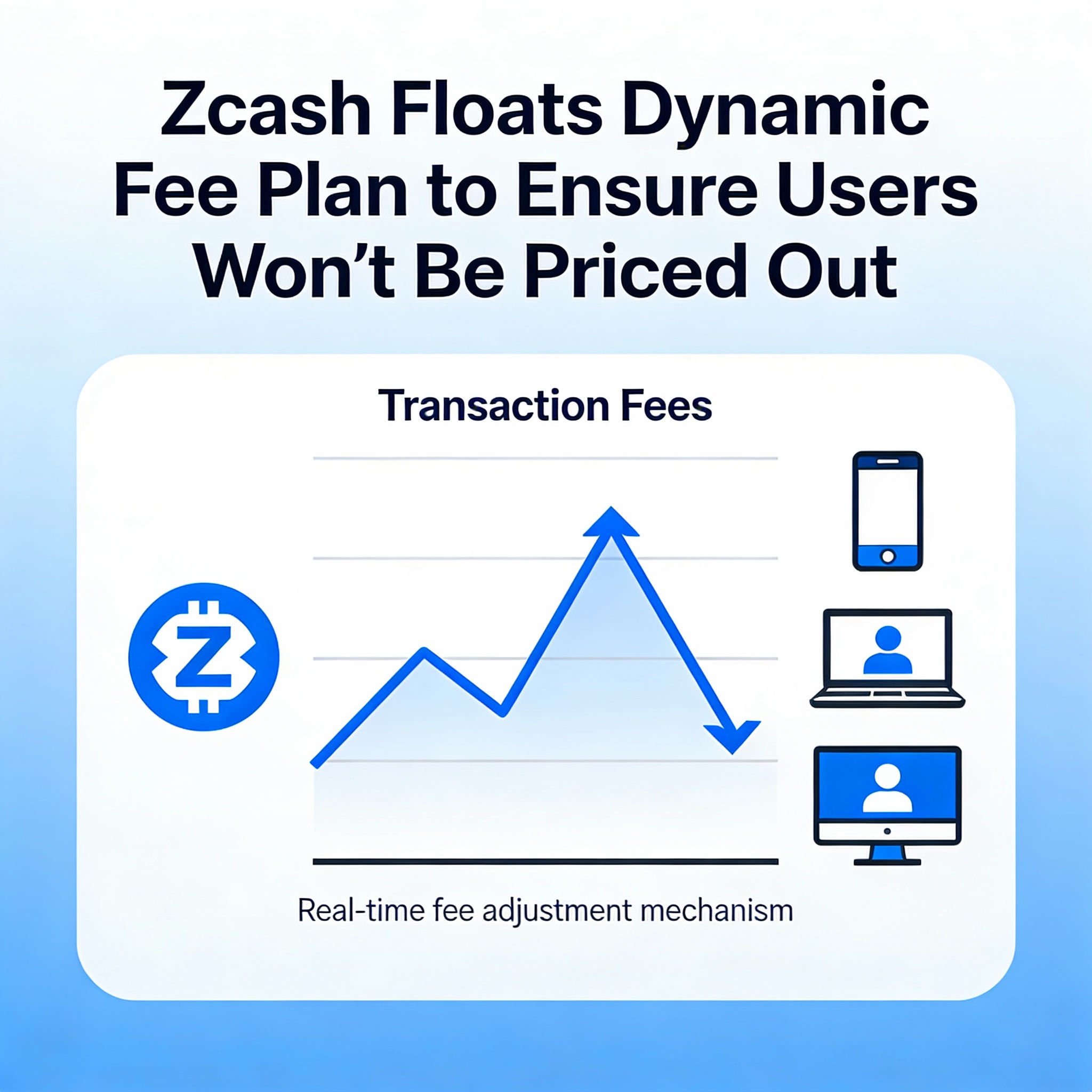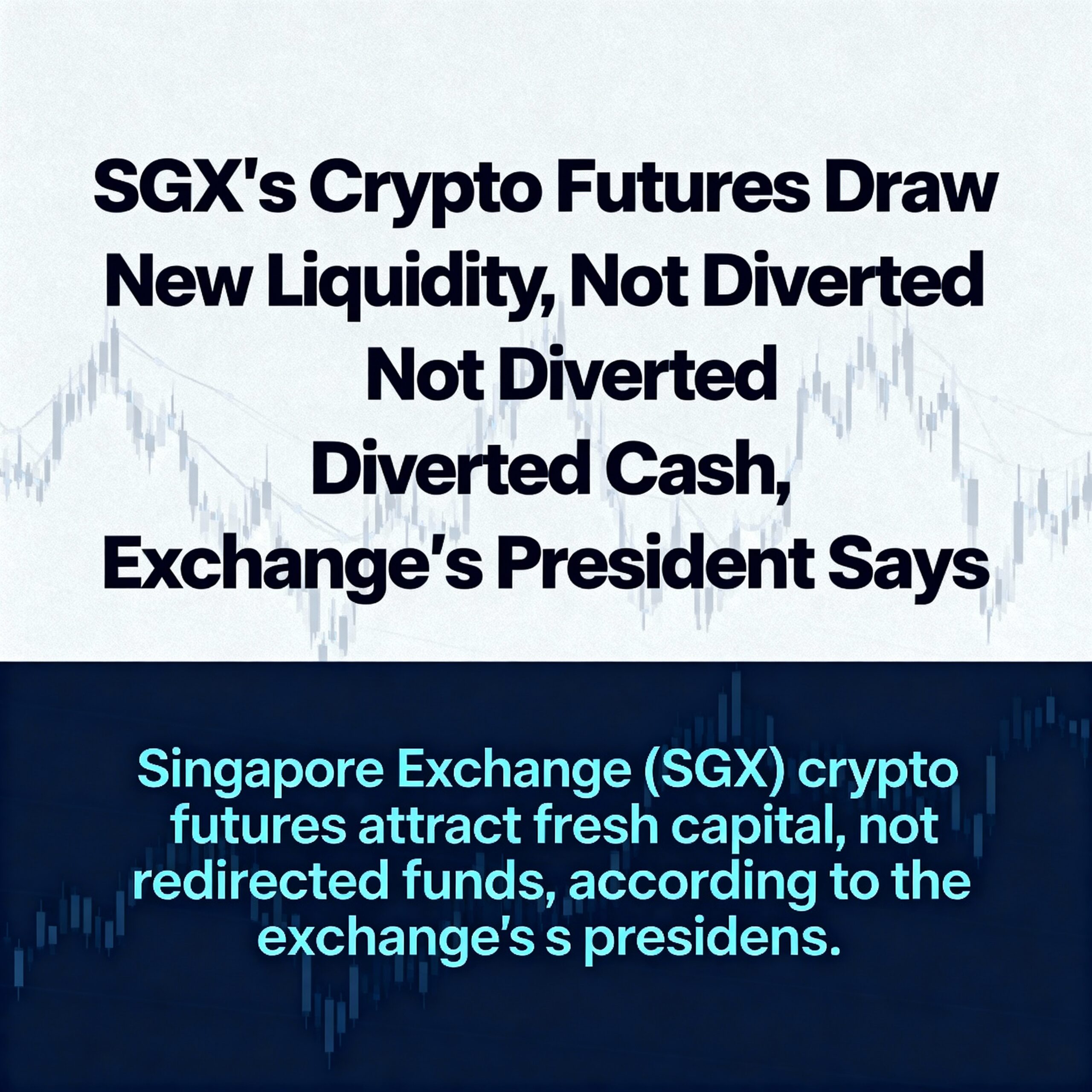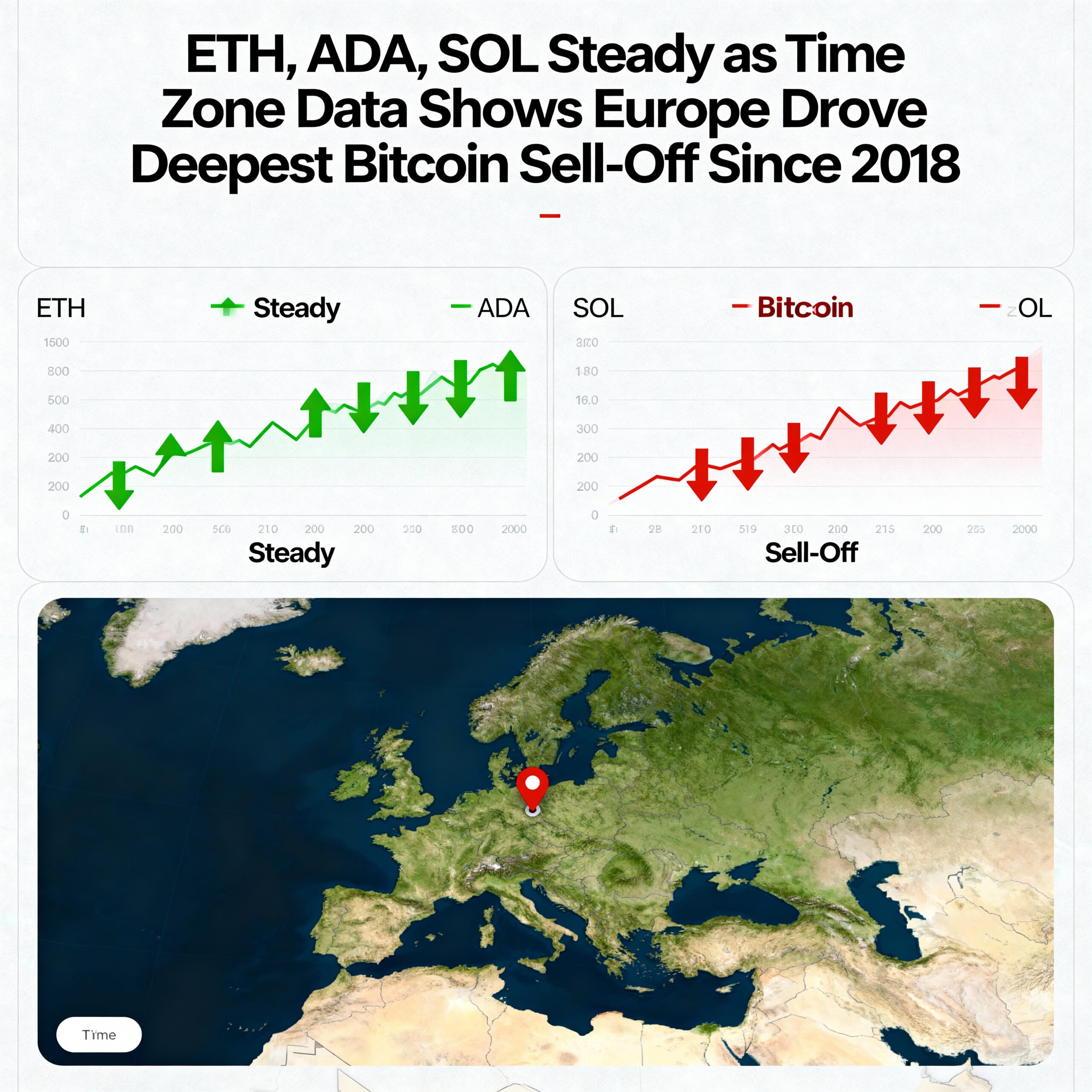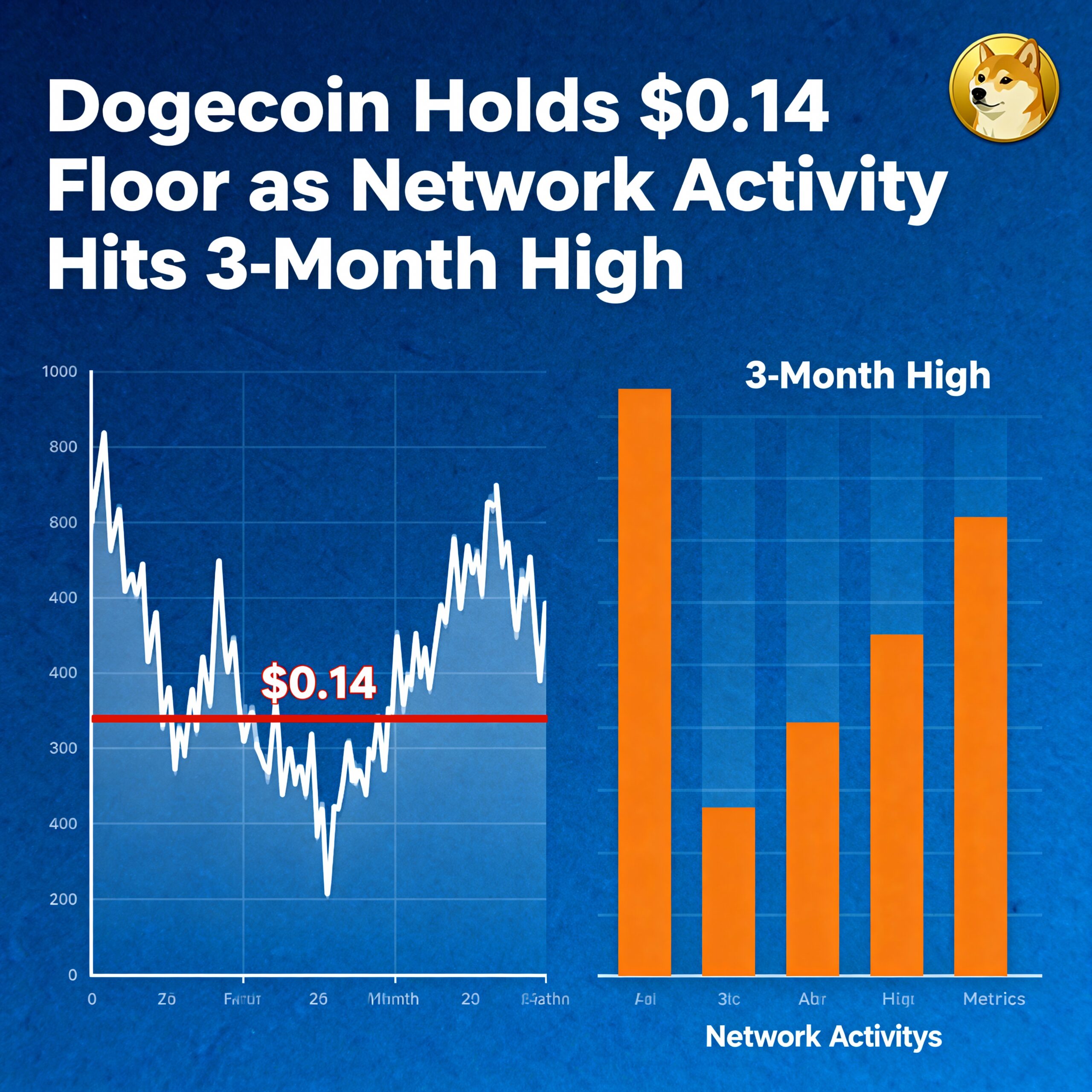
Institutional Appetite for Bitcoin Is Slowing as DAT Inflows Drop Sharply
The recent slowdown in digital asset treasury (DAT) demand may be contributing to a stall in bitcoin’s bull run.
Even as more companies adopt bitcoin for their treasuries, the collective appetite for accumulating BTC has noticeably weakened. According to BitcoinTreasuries.net, the seven-day moving average of net daily inflows into bitcoin DATs recently fell to 140 BTC, marking the lowest level since mid-June and a steep decline from the July peak of 8,249 BTC.
Daily activity this month paints an even grimmer picture: 12 out of 15 days recorded under 500 BTC in inflows, including several days with no inflows at all. This trend indicates a cooling of institutional demand for bitcoin through traditional market vehicles after an earlier phase of aggressive buying that helped drive BTC prices higher.
Bitcoin’s recent price movements reflect this shift. After reaching a record high of over $126,000 on October 6, BTC has cooled to around $110,000. Since June, the market has largely consolidated above $110,000, illustrating a tug-of-war between bullish optimism and profit-taking.
The DAT model, popularized by firms like Strategy, mirrors a centuries-old approach: borrowing fiat to acquire scarce, hard assets. Bitcoin, with its fixed supply of 21 million coins and strong performance over the past decade, has drawn growing demand from corporate treasuries seeking to hedge inflation and diversify reserves. To date, the top 100 public DATs by market value have cumulatively acquired over 1 million BTC.
Risks of the DAT Trend
However, like gold, bitcoin does not generate an inherent yield, meaning coins purchased with borrowed money remain idle on balance sheets without offsetting cash flow. The DAT strategy is therefore a bet on price appreciation, relying on capital gains rather than operational returns—much like a company that invests heavily in gold.
Many DATs have financed purchases by issuing stock at a premium to net asset value (NAV), followed by debt issuance. The premium is largely driven by narrative and reputation—a “memetic premium,” as NYDIG describes it—tied to the profile of the firm’s figurehead.
This exposes firms to risk: if the memetic premium fails to grow or investors sell their shares, the premium-to-NAV ratio could collapse. Signs of stress are already apparent: roughly one in four publicly traded DATs now trade below NAV, meaning the market values them at less than the cryptocurrency they hold.
NYDIG notes that these premiums are positively correlated with bitcoin prices, suggesting that any downtrend in BTC could further erode investor sentiment and market valuation of DATs.























